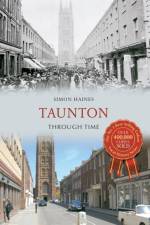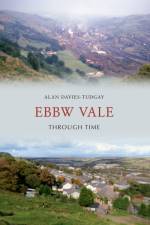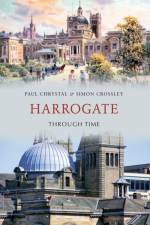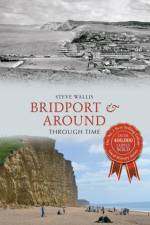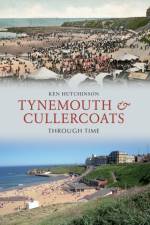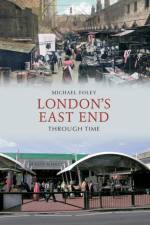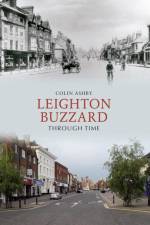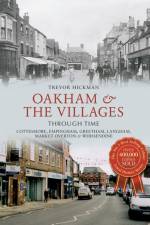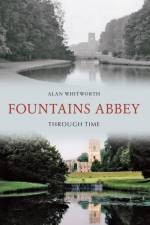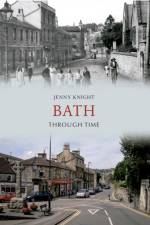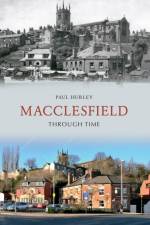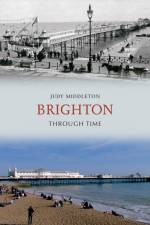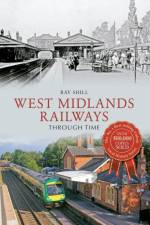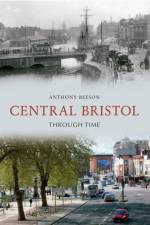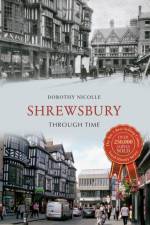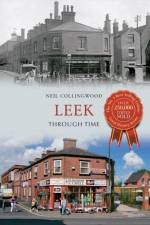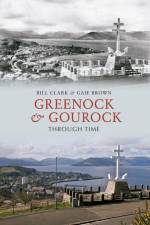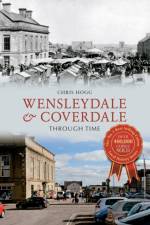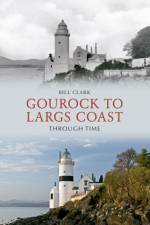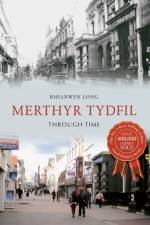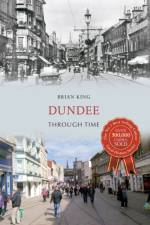av Alan Davies-Tudgay
201
Ebbw Vale's many losses over the past hundred years are celebrated here - collieries, steelworks, cinemas, churches, chapels, post offices, schools, railways, streets, local shops and especially jobs have all disappeared, only to be replaced, in many instances, by new housing estates, bypasses, town redevelopments, schools, car parks, leisure centres, council offices, light industrial sites and out-of-town stores. This collection aims to provide an unrivalled memento of hard times and good from the decline of iron and steel production in the 1920s to their revival and ultimate nationalisation years later. The 1992 National Garden Festival and the 2010 National Eisteddfod are commemorated, likewise demolitions, druids and the 1957 toast of the town, the Cwm Dyffryn School Choir.

